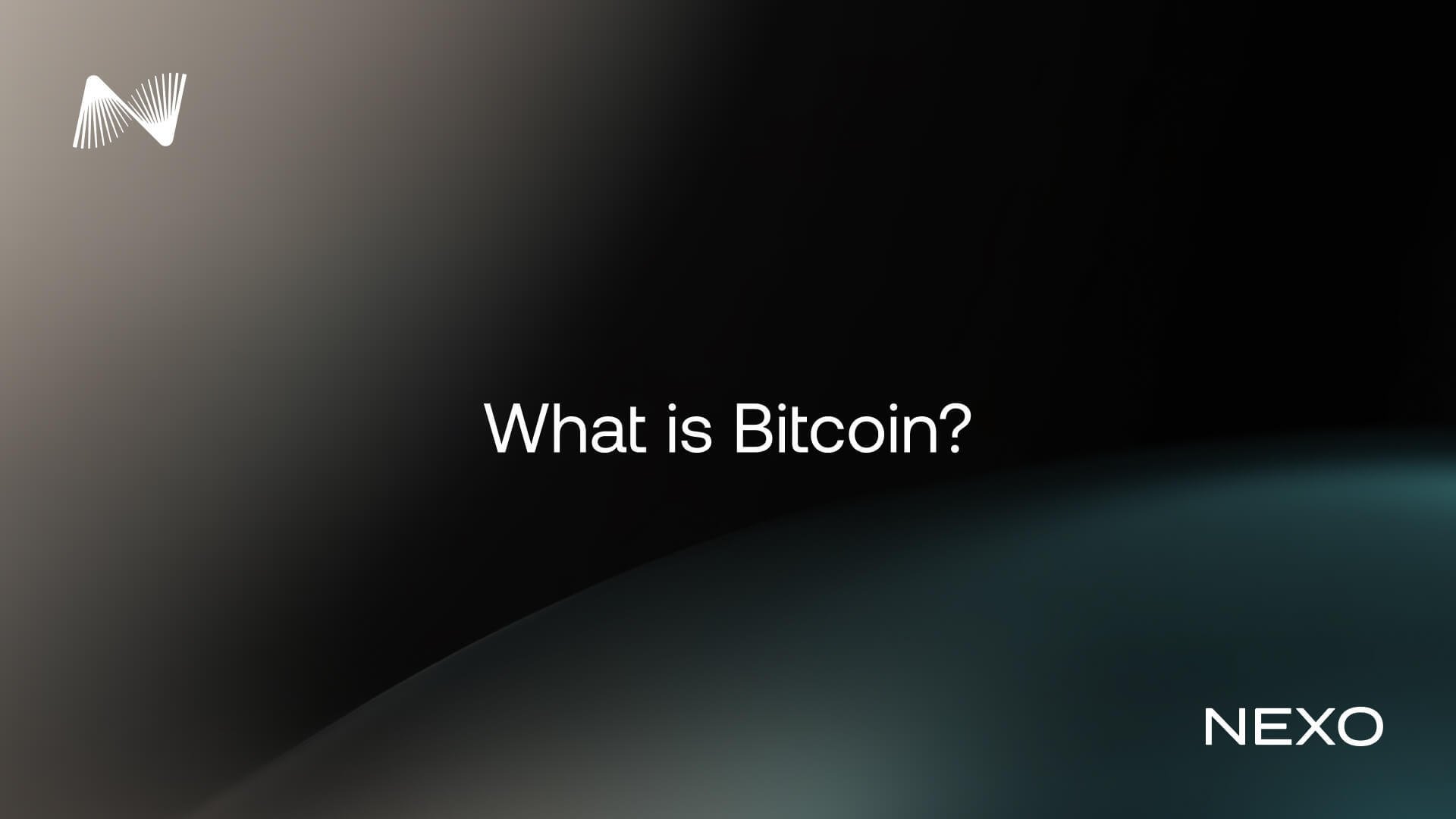What Is Bitcoin?
Mar 27, 2025•4 min read

Bitcoin is the first and most widely recognized cryptocurrency — a decentralized digital currency that enables peer-to-peer transactions without relying on banks or central authorities. Introduced in 2009, Bitcoin runs on blockchain technology, which securely records all transactions on a distributed public ledger.
Unlike traditional fiat currencies issued by governments, Bitcoin operates on code and a predefined monetary policy. Its supply is capped at 21 million coins, making it deflationary by design and often referred to as digital gold.
Who created Bitcoin
Bitcoin was introduced in 2008 through a white paper titled “Bitcoin: A Peer-to-Peer Electronic Cash System” by a person or group using the pseudonym Satoshi Nakamoto. The true identity of Nakamoto remains unknown. The first Bitcoin block — called the genesis block — was mined in January 2009, officially launching the Bitcoin network.
When did Bitcoin start
Bitcoin began on January 3, 2009, with the mining of its first block. This marked the start of the Bitcoin blockchain and the broader cryptocurrency ecosystem. Over the years, Bitcoin evolved from a niche idea to a globally recognized asset class, influencing financial innovation and regulation worldwide.
How does Bitcoin work
Bitcoin runs on a decentralized network of computers (called nodes) that use a consensus algorithm to validate transactions and maintain the blockchain — a chronological record of all activity. Instead of relying on a central institution, the network uses proof-of-work to verify blocks of transactions.
Here’s how the process works:
Transactions are broadcast to the network.
Miners group valid transactions into blocks.
The block is verified by solving a mathematical puzzle.
Once verified, the block is added to the blockchain and shared across the network.
This system ensures transparency, security, and resistance to censorship or manipulation.
What is Bitcoin mining
Bitcoin mining is the process of validating transactions and adding them to the blockchain. It also introduces new bitcoins into circulation.
Miners use specialized hardware to solve cryptographic puzzles. When a puzzle is solved, a new block is added to the blockchain, and the miner receives a block reward — newly minted Bitcoin plus transaction fees. This mechanism incentivizes network participation and maintains the integrity of the system.
How to mine Bitcoin
Mining Bitcoin today requires:
Specialized equipment capable of performing high-speed calculations
Electricity infrastructure to power and cool the hardware
Mining software that connects to the Bitcoin network
Due to the high cost and technical complexity, most individual users now mine through mining pools, which combine resources and share rewards. For many users, acquiring Bitcoin directly or via regulated platforms is a more practical alternative to mining.
What is Bitcoin halving
Bitcoin halving is a pre-programmed event that cuts the block reward given to miners in half. It occurs roughly every 210,000 blocks, or about every four years. This limits the rate at which new Bitcoin enters circulation.
The most recent halving took place in April 2024, reducing the reward from 6.25 to 3.125 BTC. The next is expected in 2028. Halvings contribute to Bitcoin’s scarcity, often influencing market supply dynamics and long-term value perception.
How to buy Bitcoin
Buying Bitcoin is straightforward and widely accessible. To get started, you typically need to:
Choose a regulated and secure platform that supports Bitcoin.
Create an account and complete any required identity verification (KYC).
Deposit funds using traditional currency or another crypto asset.
Place a buy order for the desired amount of Bitcoin.
Store your Bitcoin securely, either on the platform or by transferring it to a personal wallet.
You can also buy Bitcoin directly through the Nexo platform. The process is fast and simple:
Purchase Bitcoin instantly using a card, bank transfer, or crypto balance
Manage your BTC alongside other digital assets in a secure, unified account
Withdraw or transfer your Bitcoin at any time with no platform-imposed lockups
Please note: Availability of products and services on the Nexo platform is subject to local regulations and eligibility. Always review applicable terms before proceeding.
How to invest in Bitcoin
There are several ways to gain exposure to Bitcoin, depending on your goals and preferences:
Buy and hold: Acquire Bitcoin and hold it over the long term.
Recurring purchases: Use a dollar-cost averaging (DCA) strategy to mitigate short-term volatility.
Earning yield: Some platforms offer the option to earn interest on your Bitcoin holdings.
Portfolio diversification: Include Bitcoin as part of a broader digital asset mix.
Bitcoin’s value can fluctuate significantly over time. Before engaging with any digital asset, it’s important to understand the potential risks and evaluate whether it aligns with your financial situation and objectives.
Final thoughts
Bitcoin introduced a new form of money built on transparency, decentralization, and fixed supply. Whether you’re exploring how it works, learning about mining and halving, or looking to invest, understanding the fundamentals of Bitcoin is the key to making informed decisions in the evolving world of digital assets.
